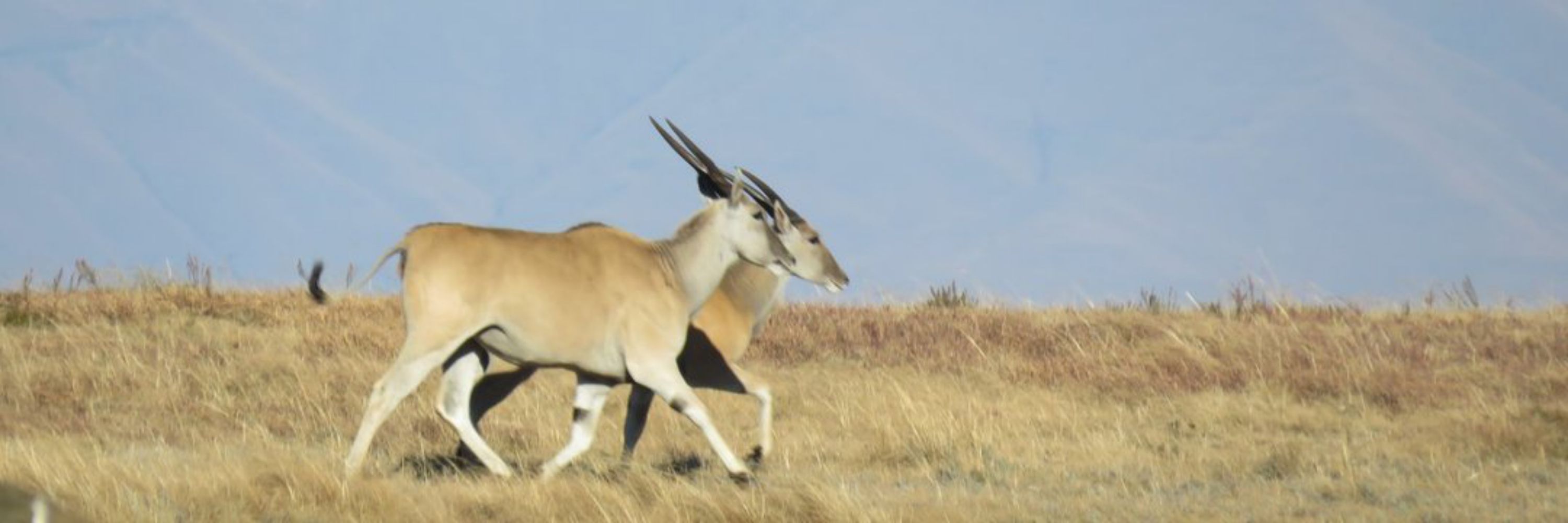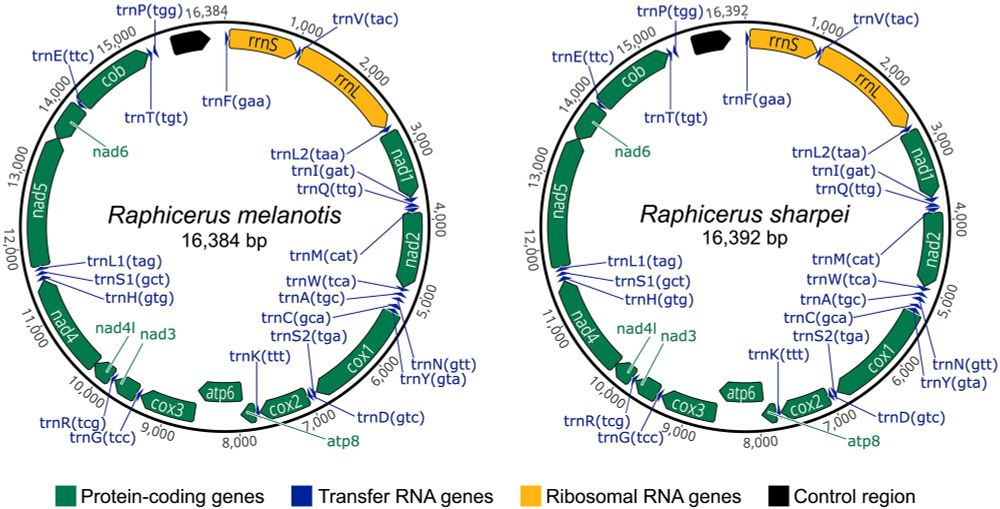


A: Stable carbon-13 and nitrogen-15 isotopes says no. But that's an interesting finding in itself, as this comparison hasn't really been made before!

A: Stable carbon-13 and nitrogen-15 isotopes says no. But that's an interesting finding in itself, as this comparison hasn't really been made before!
A: Turns out they fall into two mitochondrial clades that were present in the region of the site. So they were locally sourced - makes sense. But this also tells us that they were from different matrilines & not all from the same family groups or their descendents.

A: Turns out they fall into two mitochondrial clades that were present in the region of the site. So they were locally sourced - makes sense. But this also tells us that they were from different matrilines & not all from the same family groups or their descendents.
A: Mostly females, meaning the bones were likely from mammoth herds, as opposed to individually-hunted lone males. A good way to get lots of bones, I guess!

A: Mostly females, meaning the bones were likely from mammoth herds, as opposed to individually-hunted lone males. A good way to get lots of bones, I guess!
A: About 24,000 to 26,000 years old. Interestingly, the two oldest samples indicate that they were probably scavanged from long-dead individuals, since the human activity (fires, etc.) at the site is ~200-1,200 years younger than the oldest mammoth remains detected thus far.

A: About 24,000 to 26,000 years old. Interestingly, the two oldest samples indicate that they were probably scavanged from long-dead individuals, since the human activity (fires, etc.) at the site is ~200-1,200 years younger than the oldest mammoth remains detected thus far.


Took me a while to get from mapDamage output to this, but got there eventually! For the uninitiated - these plots show the classic ancient DNA damage pattern at the ends of sequencing reads - so we know the DNA is ooooold 🧬🦣 #aDNA #mammoth #SciSky

Took me a while to get from mapDamage output to this, but got there eventually! For the uninitiated - these plots show the classic ancient DNA damage pattern at the ends of sequencing reads - so we know the DNA is ooooold 🧬🦣 #aDNA #mammoth #SciSky


www.tandfonline.com/doi/full/10....

www.tandfonline.com/doi/full/10....

